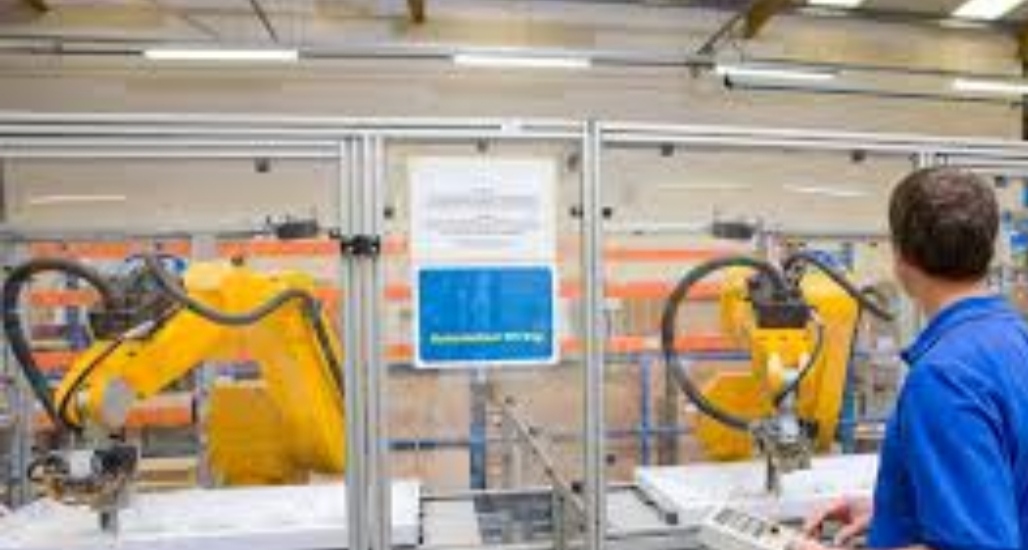The last trend we consider is the potential to pay for services that substitute for currently unpaid and primarily domestic work. This so-called marketization of previously unpaid work is already prevalent in advanced economies, and rising female workforce participation worldwide could accelerate the trend. We estimate that this could create 50 million to 90 million jobs globally, mainly in occupations such as childcare, early-childhood education, cleaning, cooking, and gardening.
When we look at the net changes in job growth across all countries, the categories with the highest percentage job growth net of automation include the following:
healthcare providers
professionals such as engineers, scientists, accountants, and analysts
IT professionals and other technology specialists
managers and executives, whose work cannot easily be replaced by machines
educators, especially in emerging economies with young populations
“creatives,” a small but growing category of artists, performers, and entertainers who will be in demand as rising incomes create more demand for leisure and recreation
builders and related professions, particularly in the scenario that involves higher investments in infrastructure and buildings
manual and service jobs in unpredictable environments, such as home-health aides and gardeners




